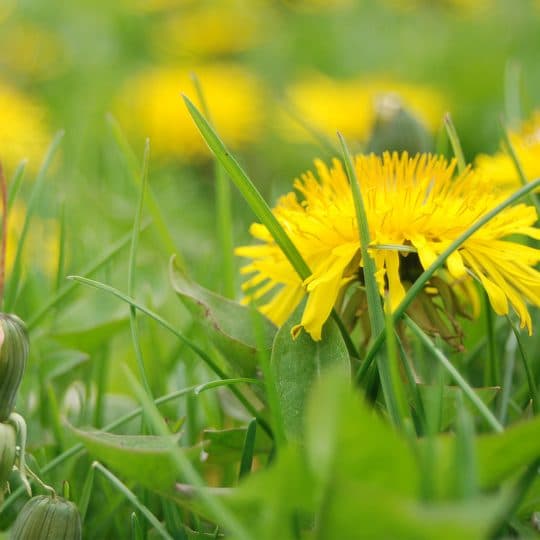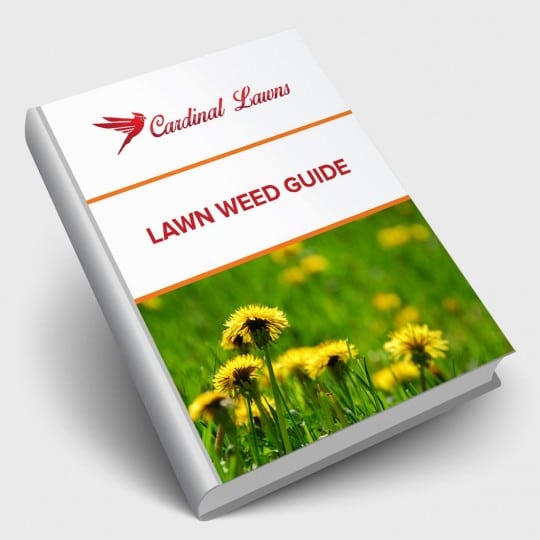Fall Broadleaf Weed Control
Why This Season Works
Posted
October 5, 2023

Now that the weather is getting cooler, some plants are starting to slow their growth and die back for the season. However, like all annual plants, weeds are still storing up energy to make a spring appearance. That’s why fall is an ideal time for broadleaf weed control.
Why Now?
Just because you can’t see weeds, doesn’t mean they’re not there. Broadleaf weeds like dandelions, henbit, and chickweed germinate once the temps cool in September and October. You may even see some pop up again in the lawn if you didn’t treat them in the spring.
These weed seeds can survive the winter and wait until warmer weather to have a growth spurt and start flowering. You don’t want them to flower. This makes them even harder to control. This is why you should treat them now while they’re seedlings and not established—yet.
Another reason fall is a better time for weed control is because most of the other plants have already died for the season. In the spring, there’s more of a chance to kill desirable plants with broad-spectrum weed control products. These plants have gone dormant in the fall, leaving only weed seeds vulnerable.
Broadleaf Weed Control
There are several types of broadleaf weed control to choose from. Each has their own pros and cons, but all should be used as directed on the types of plants they’re formulated to target.
Typically, liquid herbicides are more effective than granular alternatives. Liquids are more likely to be absorbed by the weed on contact and reach the roots more efficiently. Of course, factors like timing, temperature, and precipitation all affect effectiveness. Keep these tips in mind to make the most of product application:
- Try not to mow your lawn several days before or after application. This allows for more product to be absorbed. Longer blades also help guard from excessive runoff.
- Granular products are better used on grass that’s slightly wet, like early morning dew.
- Don’t use any product if rain is in the immediate forecast. The herbicide should be able to dry and stand for at least 24 hours.
- Do not use any weed products in areas that have been reseeded. These areas should be mowed several times to make sure new grass is established. You also don’t want to immediately reseed areas where herbicides are applied.
Weed control is a yearly chore, especially when dealing with aggressive weeds that come back every year. However, you can work smarter, not harder, with the right timing of broadleaf weed control tactics. Contact Cardinal Lawns for more tips on the best weed control options to tackle them in your yard.

Download Your FREE Lawn Weed Guide
Before weeds take over your yard this season, learn to identify and prevent them in the first place. Keep your lawn looking great all year!